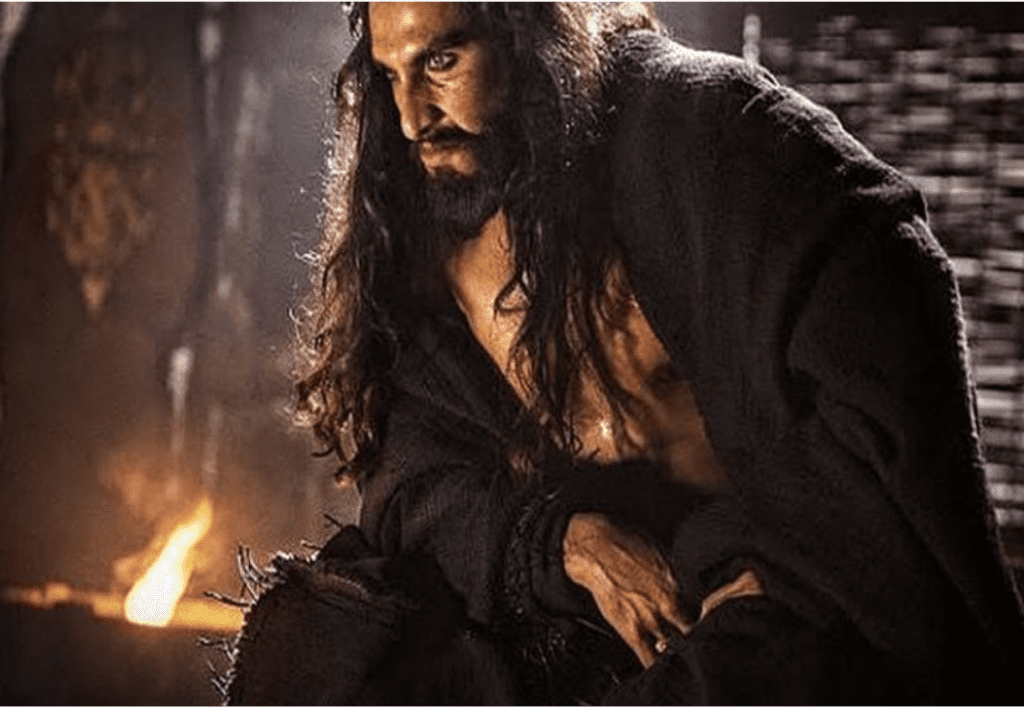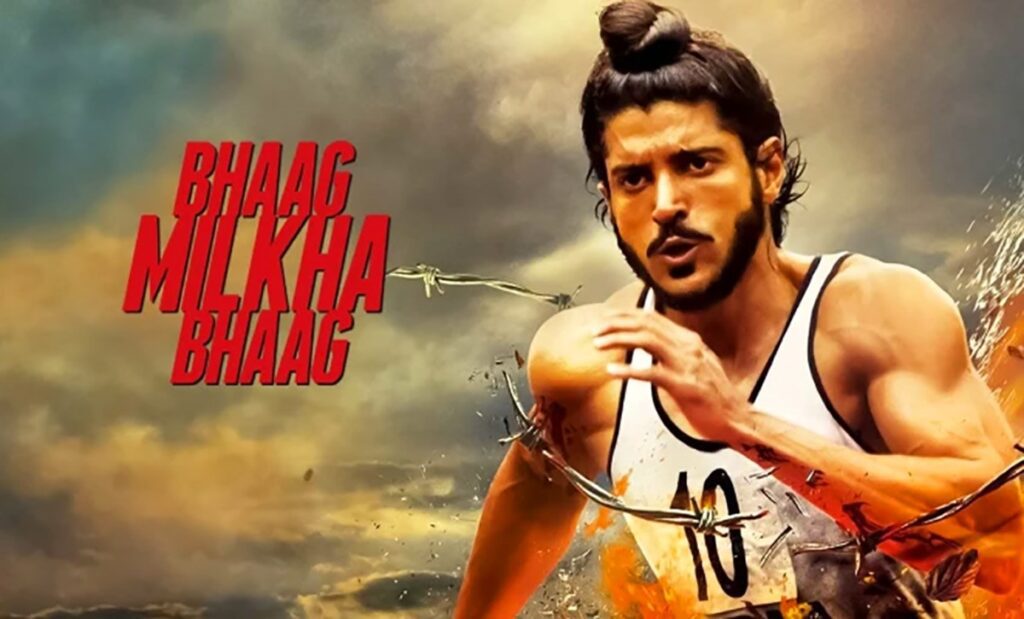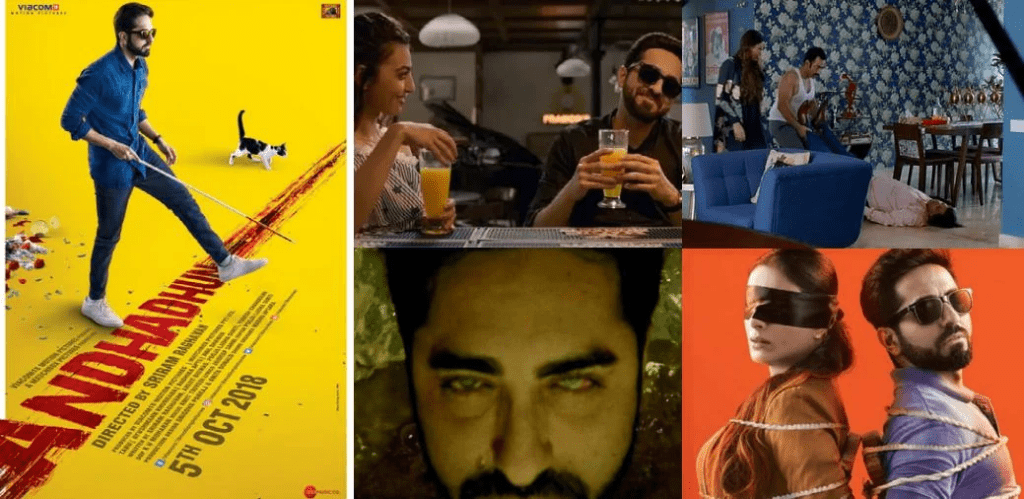Filmmaking is a blend of creativity and technology, but one stage that transforms raw footage into the magic we see on screen is post-production. It’s the behind-the-scenes work that turns good ideas into great films.
What is post-production?
Post-production is the stage after filming, where everything comes together. It includes editing, sound, visual effects, colour grading, music, and more.
Each part of post-production plays a role in shaping the story, creating emotion, and making the film visually and emotionally impactful.
Let’s break down the key steps in post-production and how they come together to bring a film to life.
Editing
Editing is the heart of post-production. It’s the process of piecing together scenes to create a smooth and engaging story.
This is where the film’s narrative takes shape, ensuring the story flows naturally and keeps the audience hooked.
A good editor is like a storyteller, carefully adjusting the timing, pace, and tone to take viewers on a captivating journey.
Sound Design and Mixing
Sound plays a huge role in how we experience films, often working on a subconscious level. In post-production, sound designers carefully create the audio experience. They fine-tune dialogues, remove unwanted noise, add important sound effects, and combine the audio tracks to create a rich soundscape.
Sound design and mixing bring depth and emotion to a film. They set the mood, build the atmosphere, and guide the audience’s feelings—whether it’s the roar of engines, the blast of explosions, or the soft rustle of leaves in a forest that sends shivers down your spine.

Pic Courtesy: klublr.com Poster of the Hindi Movie Haider
Great sound design makes a film more immersive and memorable. A fantastic example is the Bollywood movie Haider, directed by Vishal Bhardwaj. Its sound design uses echoes of Kashmir’s troubled landscape and a haunting background score to heighten the emotional depth of the story and leave a lasting impact on viewers.
Visual Effects (VFX)
Technology has changed the way stories are told with the help of visual effects (VFX). VFX allows filmmakers to create amazing landscapes and bring imaginary creatures to life, making the unbelievable look real.
By combining real footage with computer-generated images, VFX takes viewers to exciting new worlds. It’s a key part of post-production that adds magic to movies.
A great example is the movie Baahubali: The Beginning, directed by S.S. Rajamouli. The film used VFX to create grand sets and thrilling battle scenes, which helped it gain worldwide fame. The hard work of the post-production team made this possible.
Take a look into the behind-the-scenes process of creating the bullfight sequence in Baahubali: The Beginning.
Colour Grading
Imagine a film without colour grading – it would feel incomplete. Colour grading is an essential part of post-production that adds visual depth and sets the mood for each scene. It uses colours to create emotions, highlight changes, and improve the overall look of a film, transforming it into a visual masterpiece.
The cinematographer Nishanth Menon, in our podcast on the production process, emphasized the pivotal role of colour grading in the filmmaking process. According to him, “Colours essentially allow you to communicate emotions in films through colour grading.” He also stressed the importance of shooting in raw format. It helps the colourist to adjust the colours creatively and enhance the visual story.
In films like Padmaavat, colour grading is used to convey a deeper meaning. The rich and vibrant colours not only enhance the visual experience but also symbolize emotions and cultural themes.

Pic Courtesy: india.com Stills from the Hindi Movie Padmavat

Picture Courtesy: timesofindia.indiatimes.com Stills from the Hindi Movie Padmavat
The use of colour helped create two contrasting worlds: a dark, gritty environment for Khilji and a romantic, luxurious one for Padmavati and Ratan Singh.
Music Composition and Score
Music forms the emotional core of a film. It intensifies feelings, highlights key moments, and sets the tone for the story.

Picture Courtesy: thequint.com Still form Hindi movie Rockstar
A great musical score enhances the narrative and often becomes unforgettable, closely tied to the film itself. For example, in Imtiaz Ali’s Rockstar, the soulful tracks add depth to the story and vividly capture the protagonist’s musical journey. These songs not only connect with the audience but also play a big role in the film’s cult status.
Adding Titles and Credits
Titles and credits are the final touches in filmmaking, recognizing and celebrating the hard work of everyone involved. They provide important information to the audience and set the mood for the film.
Director Farah Khan is famous for her creative credit sequences that honour the behind-the-scenes team in a fun way. In movies like Main Hoon Na and Happy New Year, she highlights the entire cast and crew. In Happy New Year, she went a step further by featuring the crew in a lively dance competition during the credits.
Creation of Posters and Campaigns
Posters and promotional campaigns are the first things that grab the audience’s attention. They give a glimpse of what the film is about and create excitement. These visual elements, designed in post-production, spark curiosity and set the tone for the movie.

Picture Courtesy: rediff.com Poster of the Hindi Movie Bhaag Milkha Bhaag
The poster of Bhaag Milkha Bhaag does this brilliantly. It shows Farhan Akhtar in a powerful sprint, capturing the spirit of the legendary athlete Milkha Singh. The dynamic visuals hint at the themes of determination, resilience, and the pursuit of greatness, making the poster memorable and impactful.
Crafting Trailers
Trailers are a sneak peek into the story, designed to attract audiences. In post-production, creating a trailer involves a delicate balance of showcasing key moments without revealing too much. It serves as a powerful tool to generate buzz, build anticipation, and draw audiences into the theatres.

Pic Courtesy: reddit.com Stills from the Hindi Movie Andhadhun
The trailer of Sriram Raghavan’s Andhadhun is a great example. It masterfully weaves the suspenseful plot, showing glimpses of mystery and intrigue. With sharp editing and an engaging soundtrack, the trailer promises an exciting cinematic experience, leaving viewers eager to see the full story.
That’s a wrap on the post-production process! From the fine details of editing to the thrilling impact of visual effects, every part of post-production plays a role in creating the magic we see on screen. As we enjoy the final film, let’s remember the hardworking teams behind the scenes who bring it all to life. Whether it’s an independent creator or a commercial video production company working tirelessly behind the scenes, each team contributes to transforming raw footage into a visually stunning and engaging experience.









